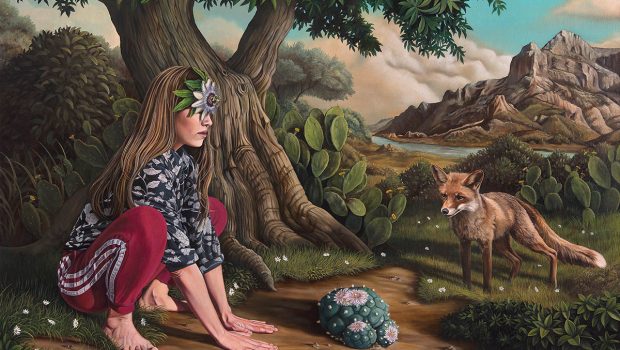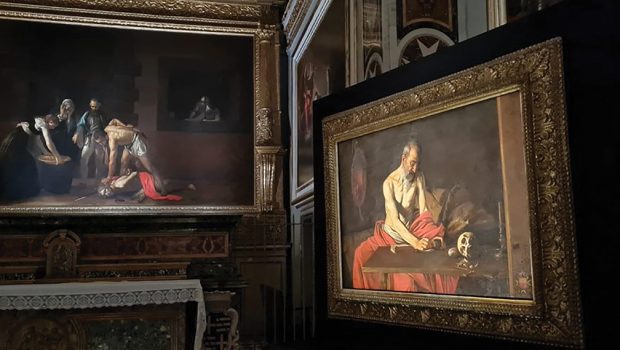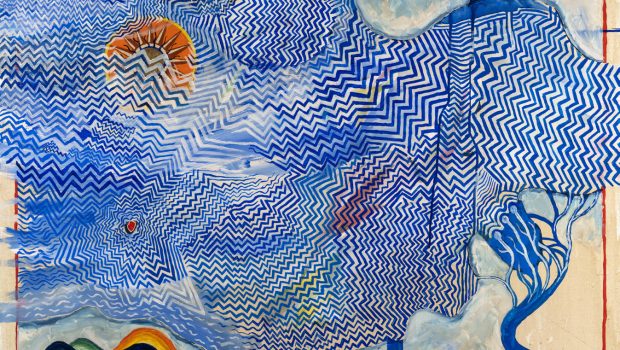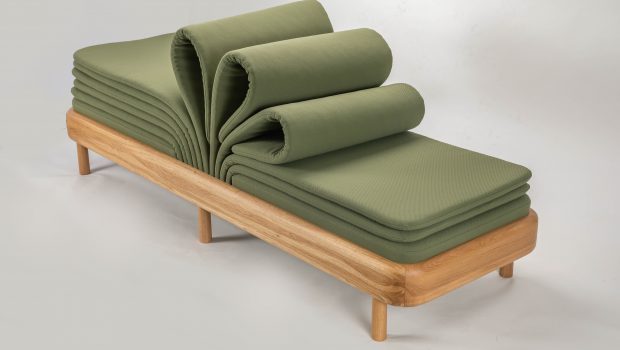The Unbearable Whiteness of Being
What is behind these figures who want so much, but who can’t leave the ground? I meet Sallyanne in her studio – surrounded by her work, and we talk about her practice and her inspirations.
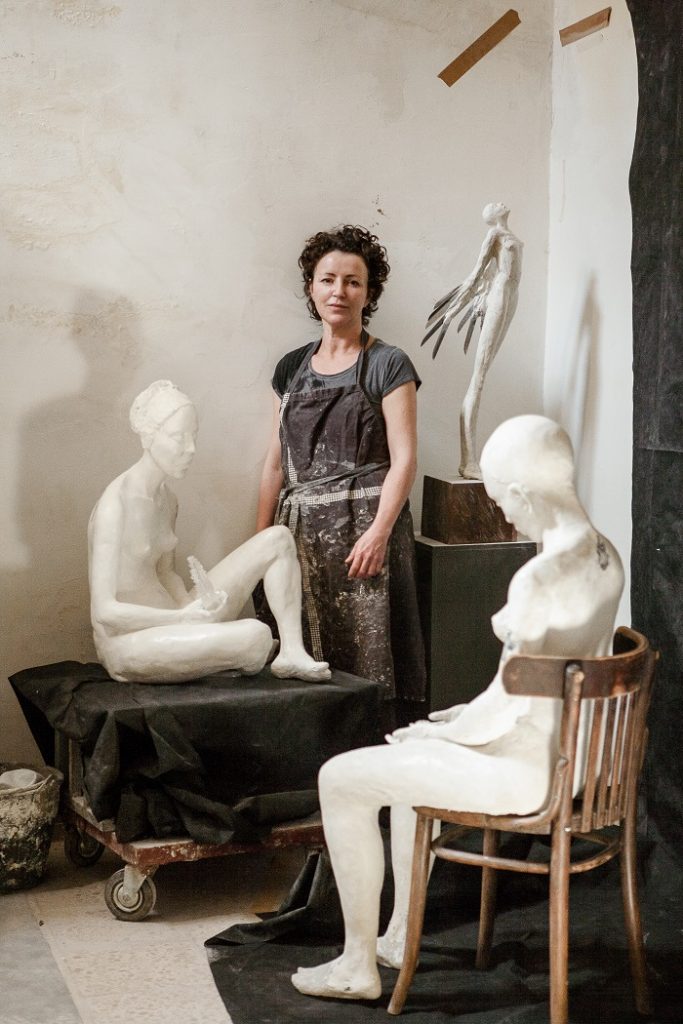
A woman, her skin burnished and polished to a pearl-white, sits on the ground, one leg over the other. In her hand, between her fingers is a beautiful, delicate glass feather. She holds the feather as if she doesn’t quite know what to do with it, and the expression on her face is one of resignation. This is Emily Dickinson’s Bad Day. A woman who should be composing poetry has been dealt a brittle, fragile hand; she is expected – expects herself – to write, but is unable to do so.
The frustration which Emily Dickinson feels is a theme to which sculptor Sallyanne Morgan returns frequently. Her figures are ambitious in their efforts, but somehow their endeavours are always thwarted. Their frustrations, however, do not go sour. Rather, they stand, white and still, and accept their fate on our behalf.
Flight is even more striking in its thwarted aspirations. A winged figure (is it an angel?) wants to fly. Desperately, she lunges forward, poised to leap into the sky. But alas, as we look around the figure, we realise her wings are made of knives – feathers have become steel – and we realise she’ll never leave the earth.
What is behind these figures who want so much, but who can’t leave the ground? I meet Sallyanne in her studio – surrounded by her work, and we talk about her practice and her inspirations. As she speaks about the development of her work, it’s clear that it’s very personal, wrought from her own experiences of life, and formed almost through a process of making sense of that life as it is lived.
Sallyanne’s work unashamedly funnels her thoughts – her loss of belief, and a loss of trust in conventional and unconventional religions is evident in her work. There is anger in her work, but it’s an anger that is transcended, processed, and which comes out in something ironic, sometimes humorous and dignified.
So much is expected of us – in particular as women – and we expect so much of ourselves, that we are setting ourselves up to fail and to be frustrated. An angel wants to fly, and a poet wants to write, but the universe conspires against them, and they are frozen, suspended in their act of wishing. Working almost exclusively in cement, Sallyanne creates figures that speak of this frustration, but does so always with a cheerful acceptance, and an irony. Here again, SallyAnne’s personality is evident in her work – she is good-natured and has an Irish dry sense of humour that naturally allows her to take any set-backs that life throws at her on the chin.
There’s a rich sense of this irony in many of Sallyanne’s works; My Angry Bunnies speaks of a frustration and impotence that comes from the heart, but its title, and the cartoon-like ‘bunnies’ that sit atop the figure are self-deprecating, saving the work from self-pity.
The same sense of impotence is present in Flight VII; again, there’s a will to act, to speak, but the figures’ faces are covered by strange birdlike shapes; it’s not clear what is happening, but it’s clear that something is holding these figures back. And again, despite this frustration, the figures are calm, almost stoic.
Using a ‘direct-cement’ method, Sallyanne builds up the works by hand, adding, carving away, scratching and burnishing to create white, marble-like figures whose polished finish bely the rough material of which they are made. Although she has worked in wood and metal, she works now almost exclusively in cement and in clay, preferring the directness and robust nature of these materials and the speed at which she can work with them. Her studio is dotted with experiments and maquettes, with beautiful pieces of wood stored under a shelf, along with marble dust and white cement patiently awaiting their turn. She speaks about her sculptures affectionately, referring to them as ‘she’ instead of ‘it’, as if in making them, she has brought them to life and given them a personality, which in a way, she has.
As we talk, we acknowledge the irony of sculpting in cement, in a country where the material is in abundant use in a high-powered construction industry. But this about as far from cement as a building material as you can get.
There are other materials in her work too; a shimmer of silver filigree, and a flash of kiln-formed glass. But perhaps most unexpectedly are the tattoos that are placed on her figures, blending so naturally with their white surface that they almost look real. On one shoulder a Buddhist Mandala is placed, as if urging calmness and meditation. On another, a swallow flies, teasing perhaps, the figure who is unable to take flight. Most striking of all, are the tattoos on Touch (All the Broken Places), Sallyanne’s most serious work in this collection. A figure sits on a wooden chair, a sacred heart tattoo on her chest, a cross on one arm and praying hands on the other. She looks down at her lap, and at her open hands, which are covered in pieces of broken glass. Touch speaks of Sallyanne’s disillusionment with religious institutions; the satire in the use of the religions tattoos here is strong.
Sallyanne has lived in Malta for some years, but after travelling the world and spending many years in Cambodia, she is now ready to return to her native Ireland. This collection of work – the last Sallyanne will create in Malta – reflects her experiences on a deeply personal level, but also illustrates universal frustrations and aspirations; we all want to fly, but sometimes it doesn’t quite work out.
Flight & Other Stories: an exhibition of work by Sallyanne Morgan is on show from 14 June until 13 July at Lily Agius Gallery. 54 Cathedral Street, Sliema. Malta. For more information email info@lilyagius-gallery.com and see www.lilyagiusgallery.com.

